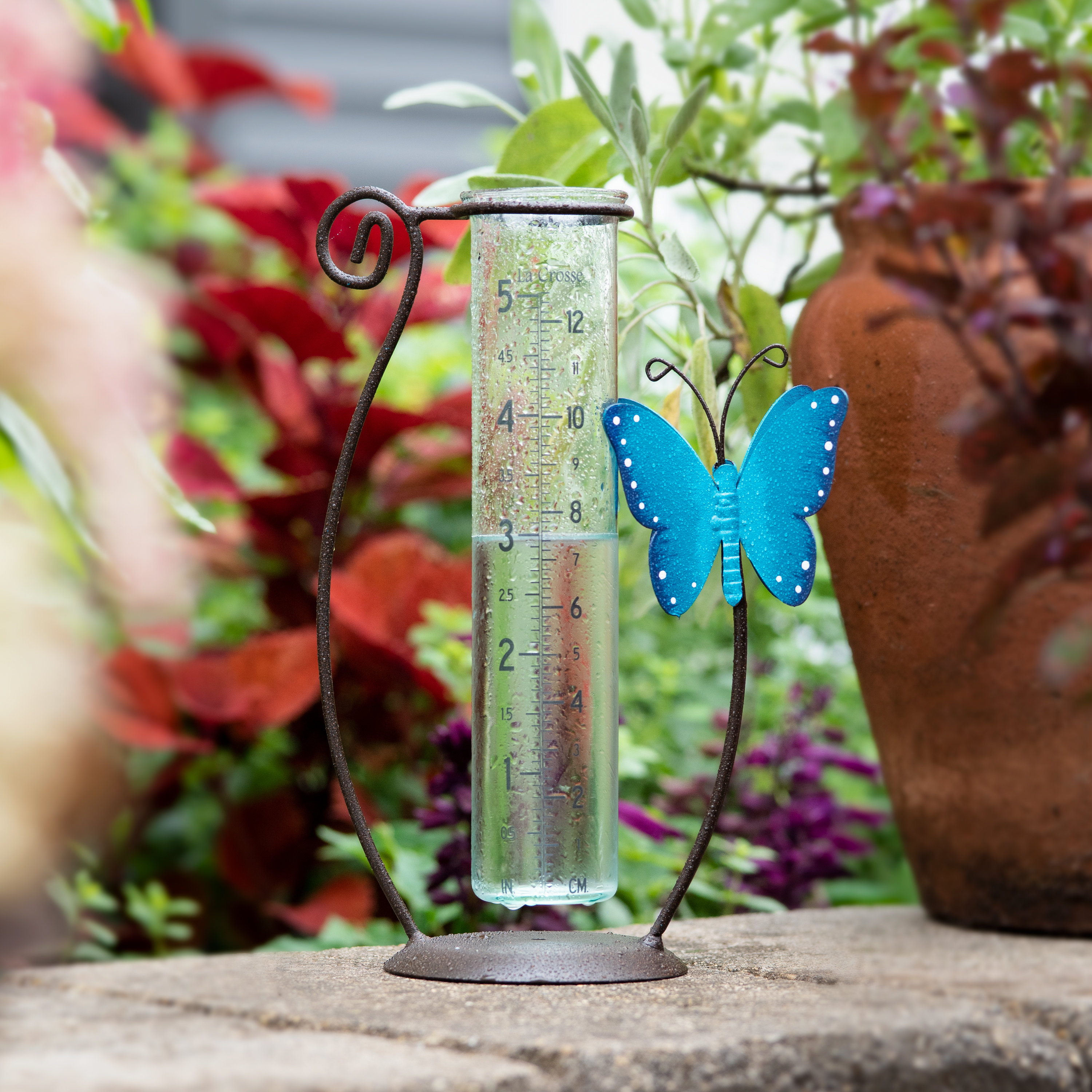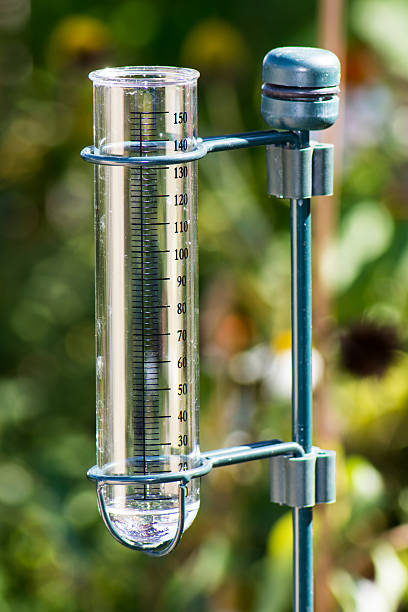The Rain Gauge: Enhancing Agricultural and Environmental Monitoring Efforts
The Rain Gauge: Enhancing Agricultural and Environmental Monitoring Efforts
Blog Article
The Significance of Rain Evaluates in Climate Projecting
Rainfall determines play an important function in climate forecasting by supplying exact measurements of precipitation. These gadgets, made use of by meteorologists worldwide, are important devices for predicting weather condition patterns and releasing prompt warnings. In general, the value of rain assesses in climate projecting can not be overstated, as they offer vital information for boosting our understanding of weather patterns and enhancing the accuracy of forecasts.
Accurate Precipitation Measurements
Exact rainfall dimensions are vital for acquiring dependable data in climate projecting. Precipitation, such as rainfall, snow, sleet, or hailstorm, plays a considerable role in the overall weather condition patterns and can greatly affect day-to-day activities, farming, and even transportation systems. To accurately predict and understand climate condition, meteorologists count on precise dimensions of rainfall.
Rainfall gauges are the key devices made use of to measure the amount of rainfall in a specific location. These tools are meticulously positioned in open areas far from any kind of obstructions to guarantee accurate analyses. They are composed of a collection container, normally cylindrical fit, which gathers and measures the amount of precipitation that drops within a certain amount of time.
The precision of precipitation measurements is important for various factors. Initially, it helps meteorologists figure out the amount of dampness in the environment, which influences cloud development and subsequent rains or snowfall. This information is critical for anticipating extreme weather, such as hefty rainstorms or blizzards.

Improved Weather Condition Forecasts
To improve the accuracy of weather forecasts, meteorologists rely upon regular analysis of data accumulated from rain evaluates. These tools play an important duty in improving climate forecasts by providing valuable information regarding precipitation patterns. By determining the quantity of rains at a details area, rain gauges help meteorologists much better understand exactly how climate systems develop and develop.
Rain assesses are purposefully positioned throughout numerous regions to record local information regarding precipitation. This data is after that made use of to assess rains patterns, which can help in anticipating future weather. By collecting and evaluating information from rainfall evaluates, meteorologists can determine patterns and trends, permitting them to make even more accurate forecasts concerning the timing, strength, and duration of rainfall.

Boosted Flooding Cautions
Rainfall gauges play a vital role in improving flooding warnings by supplying important information on rainfall. Floods are natural catastrophes that can create significant damages to residential property and pose a hazard to human lives. By precisely determining rains, rainfall determines offer valuable information that aids in preparing and forecasting for potential floods.
Flooding warnings are provided by regional authorities and meteorological companies to alert individuals living in flood-prone areas to take required precautions. Rain assesses are an essential part of the flood warning system as they determine the amount of rainfall in a certain area over an offered duration. This information is essential in figuring out the intensity and duration of rainfall, which are essential elements in evaluating the danger of flooding.
In addition to determining rainfall, rain gauges also provide real-time information, making it possible for meteorologists to track the progression of a tornado or weather condition system. This info enables even more precise flood predictions and prompt cautions to be provided to the general public (The Rain Gauge). By keeping an eye on rainfall patterns and fads, meteorologists can anticipate the likelihood of flooding and give breakthrough notification to neighborhoods in danger
Moreover, rain gauges aid in improving and confirming flood forecasting versions. The information gathered from rain determines can be utilized to calibrate and improve these designs, leading to even more accurate predictions and better flooding readiness measures. This makes certain that neighborhoods have sufficient time to leave, secure their possessions, and take essential precautions to decrease prospective damages.
Long-Term Climate Fad Analysis
Lasting climate fad analysis depends on the information collected by rain determines to examine adjustments in precipitation patterns over an extensive period. Rainfall evaluates play a crucial function in providing precise and dependable data on rains amounts, which is crucial for recognizing long-term climate fads. By measuring the amount of rainfall at details locations, rain gauges assistance researchers and meteorologists evaluate historical precipitation information and identify patterns and patterns gradually.
These trends can provide beneficial understandings right into climate change and its effect on precipitation patterns. Long-term climate fad evaluation can expose whether an area is Click Here experiencing an increase or decrease in rainfall over the years. This information is important for different markets, consisting of farming, water resource monitoring, and urban preparation, as it aids in making informed choices and creating strategies to adapt to changing climate conditions.
Rain evaluates also contribute to the advancement and improvement of environment versions. By contrasting the data gathered from rain evaluates with the outputs of climate versions, researchers can verify the accuracy of these models and refine their predictions. This iterative procedure aids enhance the dependability of long-term environment projections, allowing stakeholders and policymakers to make educated decisions to reduce the impacts of environment modification.
Important Devices for Meteorologists
Meteorologists rely upon the precise data accumulated by rain evaluates to inform their weather projecting techniques and forecasts. Nonetheless, rain gauges are simply one of the numerous important devices that meteorologists use in their work. These devices are vital for event and analyzing different weather specifications, enabling meteorologists to make even more accurate and reliable projections.
One necessary tool for meteorologists is the weather condition radar. Climate radar systems utilize radio waves to identify precipitation and gauge its activity, intensity, and area. This information is vital for tracking storms, identifying severe climate conditions, and anticipating their future courses. Doppler radar, a specialized type of climate radar, can additionally give insights into wind patterns, enabling meteorologists to much better comprehend storm characteristics.
One more crucial device is the climate balloon, also referred to pop over to this web-site as a radiosonde. Climate balloons are geared up with instruments that determine temperature, moisture, atmospheric pressure, and wind rate and instructions as they rise with the environment. This data helps meteorologists understand the vertical profile of the atmosphere, which is vital for predicting weather patterns, particularly in the upper levels.
Satellites play a significant role in weather forecasting too. Weather condition satellites supply constant pictures of the Earth's atmosphere, permitting meteorologists to check cloud cover, track tornado systems, and observe different weather condition phenomena from a global viewpoint. These photos assist meteorologists determine establishing weather patterns, such as hurricanes and cyclones, and monitor their climax and motion.
In addition to these devices, meteorologists likewise rely upon computer designs that forecast and replicate weather condition patterns based on mathematical formulas. These models think about numerous atmospheric variables, such as humidity, temperature level, and wind, to forecast future climate conditions. By making use of these designs along with the information collected from rainfall gauges, weather condition radars, weather condition balloons, and satellites, meteorologists can generate even more accurate and reliable projections, offering beneficial info to the public and assisting to mitigate the effect of extreme weather condition occasions.
Conclusion
To conclude, rainfall evaluates play an important role in weather condition projecting. They provide precise dimensions of precipitation, which improve weather condition forecasts and improve flood warnings. Furthermore, they add to lasting climate pattern analysis. These crucial devices are relied upon by meteorologists to make enlightened choices and offer accurate information to the general public.
Overall, the importance of rain evaluates in weather condition projecting can not be overemphasized, as they offer invaluable data for improving our understanding of climate patterns and boosting the precision of projections.
By including rainfall scale information right into weather condition models, meteorologists can improve their understanding of how different factors such as topography, wind patterns, and temperature impact rains circulation.
In enhancement to determining rainfall, rain evaluates likewise offer real-time data, enabling meteorologists to track the progress of a tornado or climate system. Climate satellites supply constant images of the Earth's atmosphere, allowing meteorologists to monitor cloud cover, track tornado systems, and observe numerous weather over at this website condition phenomena from a global perspective. By making use of these versions in combination with the information gathered from rain determines, climate radars, climate balloons, and satellites, meteorologists can produce more reliable and exact projections, providing useful information to the public and helping to reduce the effect of serious weather occasions.
Report this page